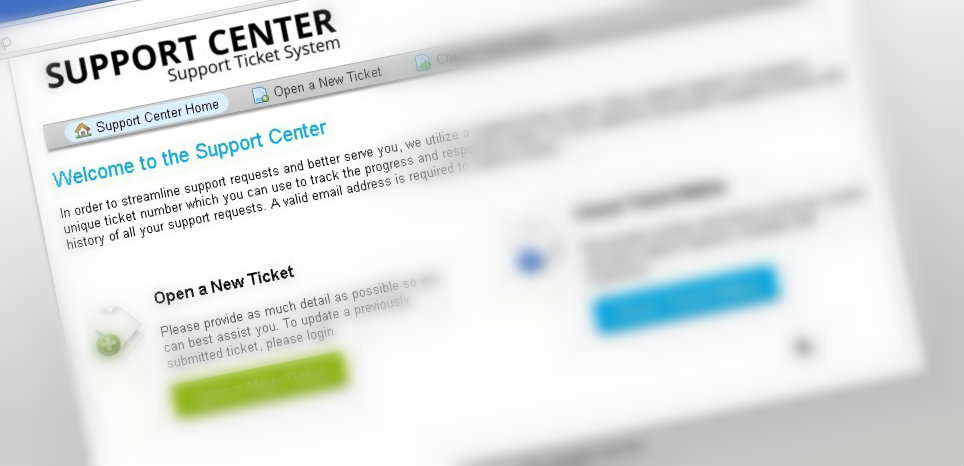

- #How to install osticket on macosx for free
- #How to install osticket on macosx how to
- #How to install osticket on macosx mac os x
- #How to install osticket on macosx update
- #How to install osticket on macosx windows 10
From this moment on, just type Ubuntu in the search bar to launch the app.
#How to install osticket on macosx how to
Well, finally we’ve seen how to install and use bash in Windows 10. Immediately the ubuntu bash will start working.
#How to install osticket on macosx update
With this intention, update the list of packages in the repositories by running the following command: sudo apt-get update Once the preparations have been made, it’s time to test the operation of Ubuntu.

This modified text is an extract of the original Stack Overflow Documentation created by following contributors and released under CC BY-SA 3.0.
#How to install osticket on macosx for free
brew reinstall php56 -with-imap PDF - Download PHP for free Previous Next.
#How to install osticket on macosx mac os x
Add a username and password to complete the installation. sudo yum install php-imap Mac OS X with php5.6. Then assign any user name and add a password. Please wait a few moments while the installation is completed. Or you can also type Ubuntu from the Windows search engine. Once the download is complete, you can launch the program from the same store. Press Get and wait while the program downloads. Well, this time we will use Ubuntu 18.04 LTS. Undoubtedly in the future more will be added. At the moment the following options are ready for download: Ubuntu, Kali, Open Suse Leap 15-1, Debian and Alpine WSL. Once the configuration is enabled, just go to the Windows Store and download the available distro. After the changes are made, please restart the computer. Then restart the computer to confirm the changes. Wait a few seconds while the features are installed. In the box below, scroll down to find Windows Subsystem for Linux. Control Panel>Programs>Turn windows features on or off Enter the optional features of Windows In the first place, follow this path to enter the optional features of Windows. How to install OpenLDAP Server on Debian or Ubuntu How to limit CPU usage with CPULimit on Ubuntu Linux How to install TYPO3 CMS on Ubuntu 14.04 Hybrid RAID 1 (Mirror) of RAM drive & SATA HDD Using LVM with LUKS and systemd unit file on Fedora Linux Introduction to GlusterFS (File System) and Installation on RHEL/CentOS and Fedora Two factor. Well, let’s see how to enable this system. But maybe the most relevant aspect is to be able to use Bash commands inside Windows without the need to resort to a virtual machine. Also, we can have the typical Linux directories like Home or Bin in Windows and the Windows directories in Linux bash.

In addition, WSL provides a Linux-compatible kernel interface developed by Microsoft.
#How to install osticket on macosx windows 10
WSL is a feature that allows Windows 10 users to use the Bash of the available Linux distribution. How to enable the Windows Subsystem for Linux Well, in this post we will see how to install and use bash in Windows 10. First of all, youll need to install PEAR, which provides a distribution system for PHP packages, and is. This innovation of Windows allows the user to have contact with the Linux system, without having to leave the primary system. Here I will describe how I installed it on Ubuntu. In fact, since some time ago, Microsoft offers the Windows for Linux (WSL) subsystem. However, for some time now Microsoft has been flirting with GNU and what Linux stands for. Under those circumstances, it is logical to think that this program is exclusive to Linux-based distributions. It was written for the GNU project and is POSIX compatible. Moreover, it is a computer program whose function is to interpret commands. In fact, it’s a Unix shell developed by Brian Fox and adopted by default in most Linux and macOS distributions. Bash on Windows 10? Doesn’t sound coherent, does it? The truth is I talk about bash, immediately Linux comes to mind. Problem with the fonts sometimes occurs after OSX reinstall which in this particular case had been performed about a week ago.Hi. By simply restarting the computer into Safe mode and then reboot it back into normal mode, the font cache was cleared and rebuilt, solving both the disc and CPU problem. It turned out the fonts cache had become corrupt. I repead the steps until I found a large file containing the fonts database occupying about 85 GB which is way more than normal. To find out what was using most space in the largest folder (replaced by “the-folder-name” in the example above). To find out what folder was using most space (the command requires admin privileges so it will prompt you for the administrator password). Some investigation using Activity Monitor showed that a process called fontworker was also eating a large chunk of the CPU as well. Something was eating up the disk rapidly. However, there should be plenty of space left on the disk. A Mac suddenly displayed the message “Your startup disk is almost full” to the user.


 0 kommentar(er)
0 kommentar(er)
